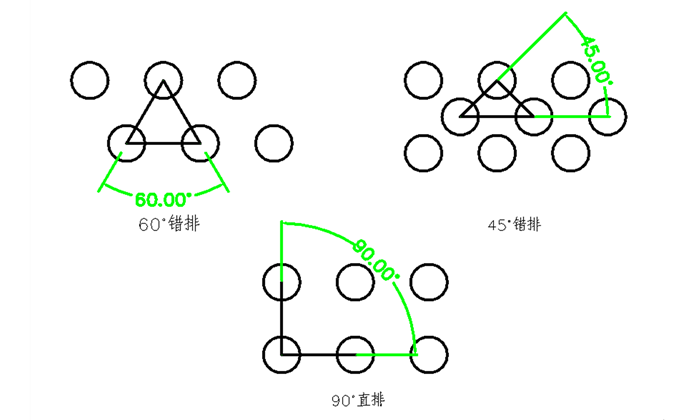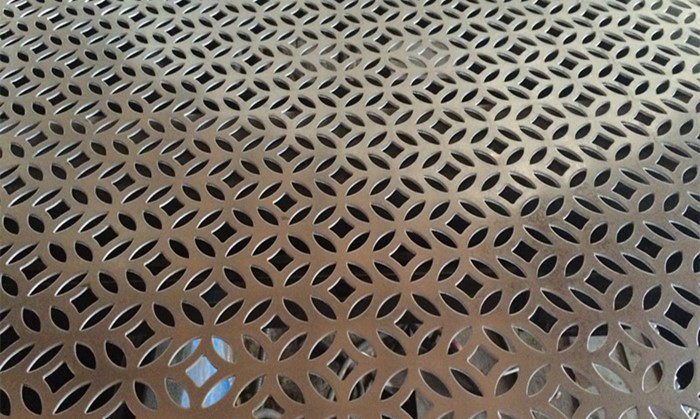What types of holes are suitable for decorative stainless steel perforated sheet?
Source:www.cn-psp.cnAuthor:河北森驰公司 Last updated:2025-05-16 15:28:52 Browse:
Stainless steel perforated sheet is valued for its strength, durability, and decorative appeal, making it a popular choice for applications such as façades, ceilings, screens, and partitions. Beyond meeting practical needs like light transmission and ventilation, various hole patterns and layouts can introduce unique textures and artistic flair to any space. Below, we explore common hole types and arrangements to help you select the perfect decorative stainless steel perforated sheet for your project.
1. Classic Round Holes
1.1 Standard Round Holes
The most common configuration, ideal for modern minimalist or industrial interiors. You can customize hole diameter and spacing to balance airflow and lighting with a clean, dotted pattern.
1.2 Slotted Round Holes (Oval Holes)
Combining the softness of circles with the linearity of slots, these are perfect for conveying motion and expansiveness—often used in large commercial ceilings or feature walls to draw the eye and enhance openness.
2. Polygonal and Specialty Holes
Beyond circles and slots, stainless steel perforated sheets can feature a wide range of geometric and ornamental hole shapes:
Square, Triangle, Hexagon: These precise geometric patterns lend a high‑tech aesthetic, commonly seen in stair railings, guardrails, and exterior cladding.
Cross, Plum Blossom, Diamond: Rich in traditional elegance, these motifs suit Chinese or European classic styles for both interior and exterior décor.
Fish‑Scale, Grid: Curved, overlapping “scales” or regular grid layouts soften and diffuse light when used in ceilings, creating gentle ambient glow.
Custom Shapes: Whether it’s a corporate logo or artistic silhouette, provide your design files and we’ll accurately reproduce them—turning your stainless steel perforated sheet into a true work of art.
3. Versatile Layout Patterns
The arrangement of holes influences both light play and visual rhythm. Common layouts include:
60° Staggered: Equilateral triangular pattern offering balanced light diffusion—ideal when you need good visibility and aesthetics.
45° Staggered: Diagonal alignment that injects dynamism, perfect for commercial displays or interior partitions to highlight spatial layers.
90° Straight: A uniform matrix that delivers a neat, orderly look—ideal for contemporary minimalist design.
Custom Layouts: When standard layouts don’t meet your vision, we can tailor the pattern according to your drawings or samples, creating bespoke visual effects.

stainless steel perforated sheet
4. Customization and Material Recommendations
Hole Diameter & Open Area
Larger holes and higher open areas improve airflow and light but slightly reduce strength. For decorative uses, aim for an open area between 20% and 40%.
Plate Thickness & Material
Common grades include 201, 304, and 316 stainless steel, with thicknesses from 0.5 mm to 3.0 mm. For outdoor façades, 316 offers superior corrosion resistance.
Surface Finishes
Choose from brushed, sandblasted, mirror-polished, or fluorocarbon-coated finishes. Pairing the right finish with your hole pattern enhances metallic sheen or refines texture.
Installation Methods
Stainless steel perforated sheet can be fastened with screws, hooks, or slots, and integrated with subframes or aluminum profiles for secure, attractive assemblies.

stainless steel perforated sheet
Decorative stainless steel perforated sheet combines functionality with aesthetic versatility, offering an array of hole types, layout patterns, and customization options to elevate any environment. From the sleek simplicity of round holes to the artistic expression of custom shapes, our solutions can be finely tuned to your design requirements. Contact us today to explore how stainless steel perforated sheet can transform your space with style and durability.

